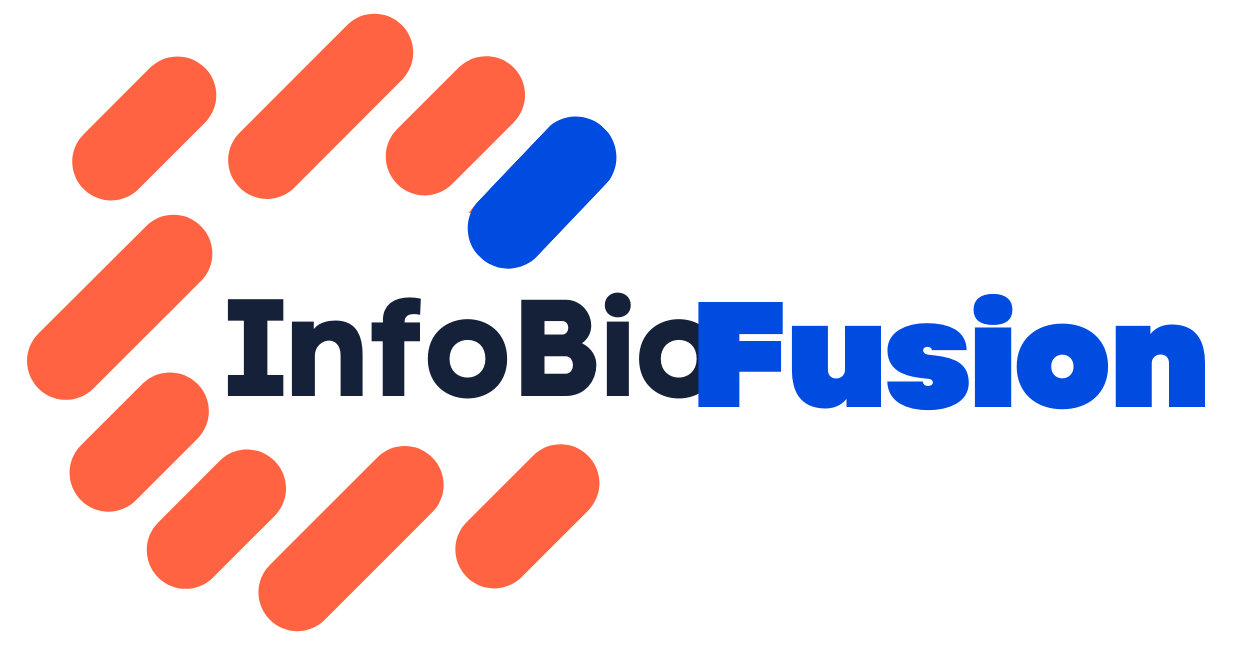Traditional pilonidal cyst removal surgical techniques can be invasive and require extended recovery times. However, with the improvement of the clinical generation, minimally invasive pilonidal surgery has emerged as an extremely effective corrective option. In this newsletter, we will explore the benefits of this method and its results, and provide you with important information about why a pilonidal cyst removal is likely to be desired.
Unlike extra invasive approaches that require massive incisions and occasional tissue grafting, minimally invasive pilonidal cyst removal is a specialty for achieving first-class results with minimal disruption to your body.
Advantages of minimally invasive pilonidal cyst removal surgery
1. Reduction of pain and discomfort
One of the biggest advantages of minimally invasive cyst removal surgery is the reduction of postoperative pain. Traditional cyst removal surgery often requires large incisions that can cause massive pain at some point in the treatment technique. In contrast, minimally invasive strategies use smaller incisions that cause much less pain and a faster recovery. Patients can usually return to their regular sport much faster, increasing a normal excellent existence.
2. Shorter recovery time
Recovery time after minimally invasive surgery is noticeably shorter than with conventional techniques. Instead of taking several weeks or even months to fully recover, patients often recover within a few days to a few weeks. This reduced recovery time is especially important for people with busy lifestyles who cannot afford to take extended time off from painting or other commitments.
In addition, since the wound is smaller, the risk of infection and various headaches that can prolong the recovery technique are reduced. This is especially important with pilonidal surgery, as infections around the coccyx can be painful and difficult to treat.
3. Higher success rate
Minimally invasive removal of a pilonidal cyst has shown overwhelming success in stopping recurrences. According to research, the recurrence rate of conventional pilonidal surgery can be as high as forty percent, with many patients seeing cysts return within a few years. However, minimally invasive methods significantly reduce recurrence rates, often less than 10%.
This higher success rate is due to the precision of the operation, as the healthcare professional can remove the cyst very well without leaving a large wound that is difficult to heal. When completed by an experienced physician, this technique can offer long-term relief from pain and discomfort due to pilonidal cysts.
4. Minimal scarring
Scarring is a concern for many people undergoing surgery, especially for approaches completed in visible areas of the frame. Pilonidal cysts are typically found above the coccyx where they can be out of sight, however, large scars can still be painful. Compared to classic surgery, the minimally invasive pilonidal cyst excision procedure creates smaller scars of the patients. Eventually, these scars will subside, causing little trace of the operation.
5. Outpatient procedure
Minimally invasive techniques of pilonidal removal surgery are frequently done on an outpatient basis . Thus, patients are able to return home the very day of surgery, and there is no need for a live-in overnight clinic. Ne encompasses a wide range of possibilities. It is the most time-efficient, helps in the total costs of the procedure as well as provides additional comfort and ease to a patient in recovery.
Who are the good candidates for the minimally invasive pilonidal surgery?
However, many advantages of minimally invasive treatment of pilonidal surgical disease can no longer apply to every candidate. Ideal applicants for this process are people who have routine pilonidal cysts or those who have now not responded well to other medications which include antibiotics or drainage tactics. Patients with large or extra complex cysts may also still require conventional surgical strategies, although these cases are becoming rarer due to advances in minimally invasive strategies.
It is important to see a trusted health care provider who specializes in pilonidal cyst treatment to determine the most appropriate course of motion for your condition. In case you feel discomfort and pain as a result of having a pilonidal cyst, it may be wise to take intervention earlier rather than later as it can prevent the condition from getting worse and possibly make you eligible for less invasive surgery.
Success and patient satisfaction
The success rates of minimally invasive pilonidal surgery are very encouraging. Many patients report a high level of pride in the method, noting a reduction in pain, faster healing and minimal scarring. Research has actually shown that this type of surgery has a lower recurrence price compared to extra invasive tactics. This is due to the ideal removal of the cyst and inflamed tissue, which helps you save the reformation of the cyst.
The joy of the affected person is further enhanced by the fact that surgery can often be performed on an outpatient basis. This adds to the general convenience of the technique and allows patients to be more accessible in the comfort of their own homes.
Conclusion
Minimally invasive pilonidal surgery offers a modern, effective answer for those affected by pilonidal disorder. With reduced pain, faster recovery times, and higher cost to perform, this method has revolutionised how pilonidal cyst elimination is achieved. If you are treating recurring cysts or have had limited success with various medications, this minimally invasive alternative is really worth considering.
Always see a healthcare professional to explore your treatment alternatives and make sure that minimally invasive pilonidal surgery is the right choice for you. Early action can lead to higher results and a faster return on your daily activities.

